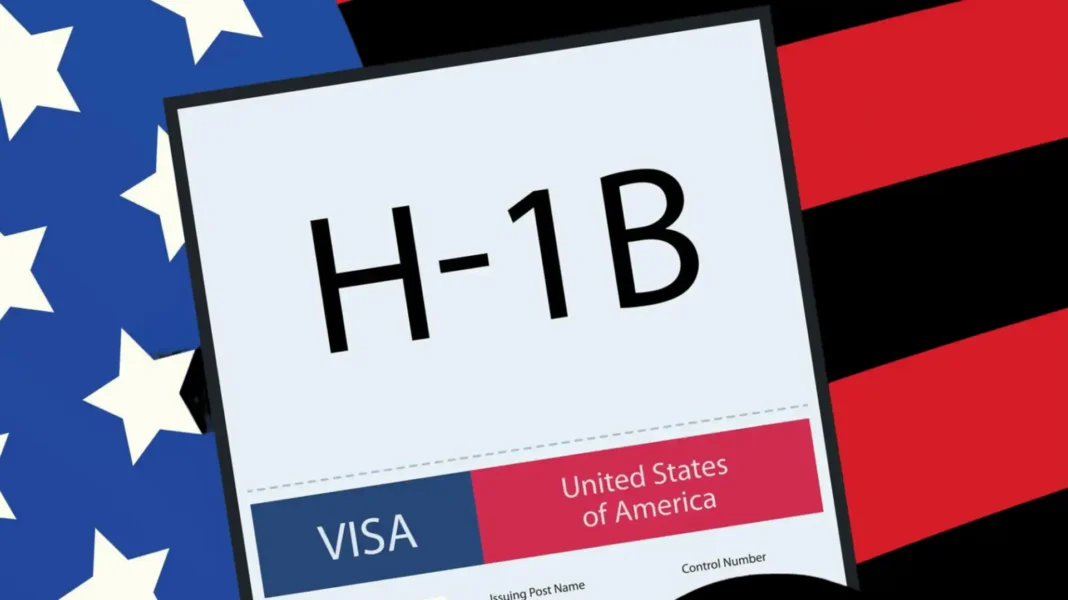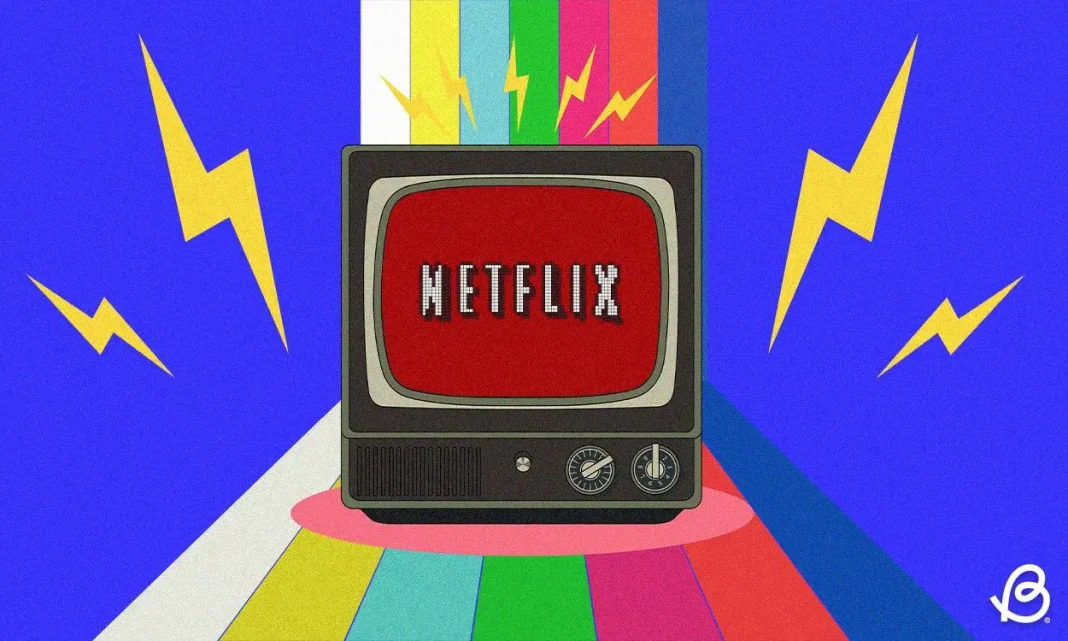The Indian IT sector, a powerhouse employing millions and contributing over 8% to GDP, faces fresh scrutiny from U.S. immigration reforms under President Donald Trump. Yet, in a reassuring statement on September 22, 2025, industry body NASSCOM declared that the proposed $100,000 one-time fee on new H-1B visas will have only a marginal impact on Indian IT firms. This comes as companies ramp up local U.S. hiring and upskilling, investing over $1 billion annually to adapt. For professionals tracking H-1B visa changes 2025, impact on Indian IT sector, or NASSCOM outlook, this resilience underscores a strategic pivot away from visa dependency amid geopolitical trade tensions.
With H-1B approvals for Indian firms already down 31% over a decade, the sector’s proactive measures signal stability. Let’s unpack NASSCOM’s insights, the fee details, and broader implications.
The H-1B Fee Hike: What’s Changing and Why?
The Trump administration’s latest move targets H-1B visas—crucial for skilled tech workers—to curb outsourcing and boost American jobs. Key updates:
- New Fee Structure: A one-time $100,000 levy on fresh H-1B petitions starting FY2026, exempting renewals but hitting new hires hard.
- Rationale: Aimed at funding border security and reducing “abuse” by offshore firms, per White House directives. Indians hold over 70% of H-1Bs, making it a flashpoint in U.S.-India relations.
- Timeline: Effective January 2026, giving firms a buffer for adjustments.
NASSCOM emphasized that this won’t derail growth, as Indian IT’s U.S. operations have evolved beyond visa-heavy models.
NASSCOM’s Take: Reduced Reliance and Amplified Local Investments
In its official response, NASSCOM highlighted a decade-long shift: H-1B visas issued to top Indian and India-centric firms plummeted from 14,792 in 2015 to 10,162 in 2024—a 31% drop. For the top 10 players (e.g., TCS, Infosys, Wipro), H-1B workers now comprise less than 1% of their total employee base.
- Local Hiring Boom: Firms are accelerating U.S. recruitment, with NASSCOM noting a “sharp rise” in American hires to fill skill gaps.
- Upskilling Push: Over $1 billion poured into U.S.-based training programs, enhancing local talent in AI, cloud, and cybersecurity.
- Marginal Outlook: “Given this trajectory, we anticipate only a marginal impact on the sector,” NASSCOM stated, urging stable talent mobility for innovation.
This aligns with broader FY26 projections: 77% of tech providers expect higher growth, driven by AI-led demand and emerging markets.
| Year | H-1B Visas Issued to Top Indian Firms | Change |
|---|---|---|
| 2015 | 14,792 | – |
| 2024 | 10,162 | -31% |
| FY26 Projection (Post-Fee) | Stable at ~10,000 | Marginal Dip |
Broader Sector Resilience: Navigating Trade Tensions
The fee hike fits into escalating U.S.-India frictions, including 25% tariffs on Indian goods and penalties for Russian oil buys. Yet, Indian IT’s adaptability shines:
- Diversification Wins: Reduced U.S. visa needs coincide with GCC expansions (29% YoY office leasing) and 82% of CXOs planning 5%+ digital spend hikes in CY25.
- Economic Buffer: Despite FPI outflows (₹1.38 lakh crore YTD), IT exports hit $200B+ in FY25, with AI and GenAI as growth engines.
- Global Edge: NASSCOM’s Strategic Review 2025 themes “Beyond Disruption,” spotlighting India’s talent advantage amid a “no normal” future.
Experts like Prashanth Tapse of Mehta Equities affirm: “The sector’s local investments will mitigate risks, keeping margins intact.”
Challenges Ahead: Calls for Policy Stability
While marginal, the fee adds pressure amid visa backlogs (6-12 months for Indians) and scrutiny on student visas (down 38% in 2025). NASSCOM advocates for “predictable frameworks” to sustain U.S. innovation, warning that curbs could slow R&D and economic ties.
For IT pros, this means prioritizing U.S. certifications and hybrid roles. Firms like TCS (5,505 H-1B approvals in FY25) lead by example, blending global talent seamlessly.
Conclusion: IT’s Steady Course Through Policy Storms
NASSCOM’s verdict of a marginal impact from the H-1B fee hike reassures stakeholders that Indian IT firms are battle-tested and forward-looking. With $1B+ in U.S. investments and shrinking visa reliance, the sector is primed for AI-driven growth despite headwinds. For those monitoring Indian IT H-1B 2025 or tech talent trends, this pivot to localization could define the next decade. Will reforms spark more U.S. hiring, or test resilience further? Eyes on FY26 earnings.



